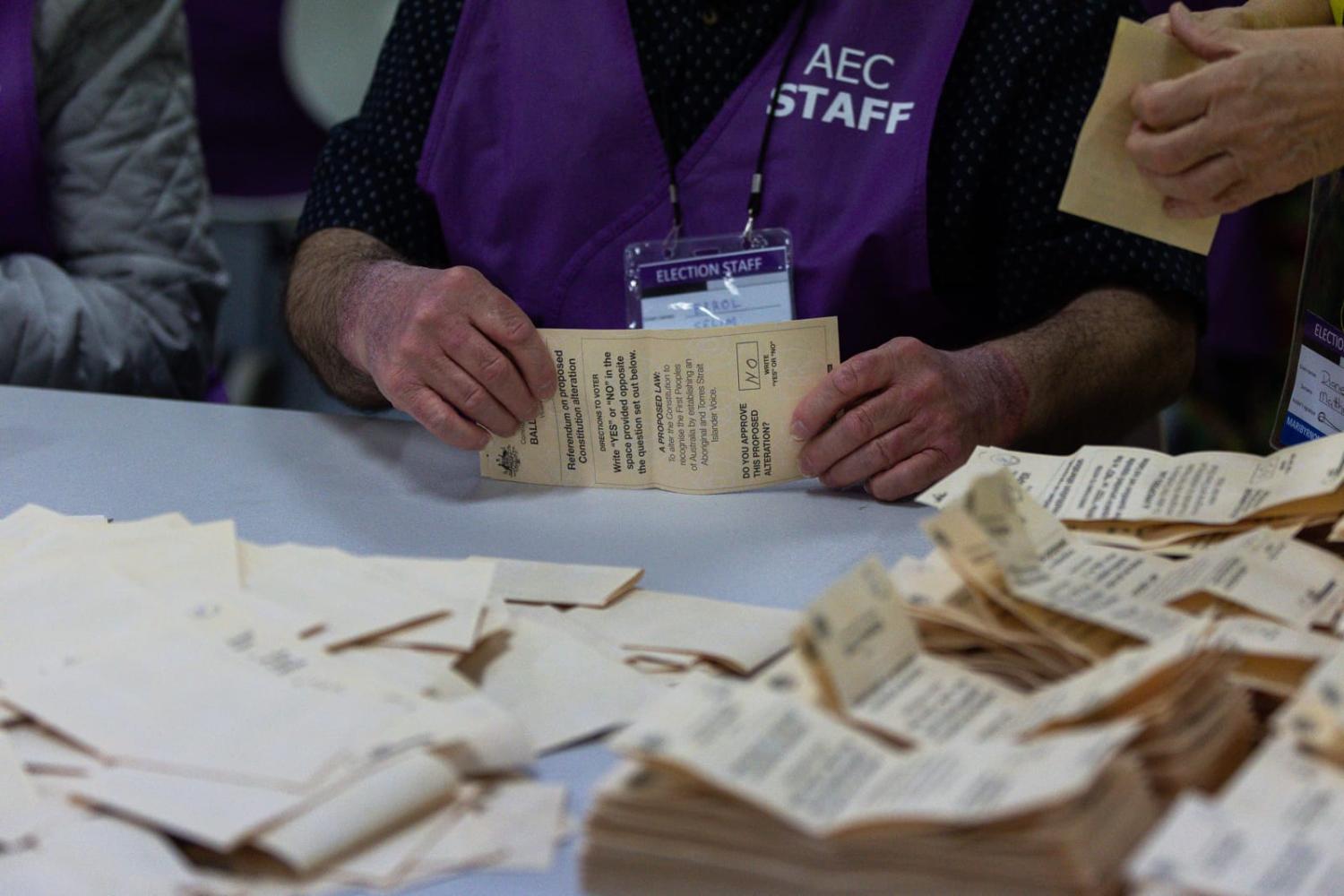“The problem with media reporting on Indigenous Australians,” an Aboriginal leader told me more than a decade ago while I worked in the Canberra parliamentary press gallery, “is that it’s all about blackfellas in red deserts.”
His point? That as challenging as problems in remote communities could be, more than 40% of Indigenous Australians live in big towns and cities. Only 15% lived in what is classified as remote or very remote Australia. Existing disadvantage for Aboriginal people was compounded in Sydney, Brisbane or Perth by prejudice, dislocation from communities, access to services, housing or employment, and the dangers of drugs and crime. Yet in reporting Indigenous affairs, urban disadvantage was a harder story to tell, and far less visual, so often overlooked.
My guess is that the rest of the world tends to think about outback settings too at those few times Indigenous issues breaks through into international headlines. The emphatic rejection of the Voice proposal at the weekend referendum is one of those moments. Yet for foreign observers trying to understand the result – along with Australians themselves – it is important to remember that Indigenous affairs are not remote from where most people live.
This population spread doesn’t explain why people in big cities were far more likely to vote in favour of the defeated Voice referendum at the weekend than those in regional areas. Simple maths showed the vote from Indigenous communities, even had it been united in support, was never going to be the overriding factor in the result.
The largest population of Indigenous Australians by state and territory lives in New South Wales, according to the most recent census, yet comprise about 4% of the state population, roughly equal to the national proportion. Victoria, meantime, which came closest of any state to a majority in support of the Voice, has an Indigenous community that makes up only 1.2% of the state population – the Australian Capital Territory, the only jurisdiction with a majority Yes vote, roughly 2%. The Northern Territory has the highest proportion of Indigenous Australians, roughly 30%, but only 7.5% of the population of Aboriginal and Torres Strait Islander people in the country.
The Voice proposal failed for a variety of reasons that are already being dissected, from the political dynamics (“worst campaign in living memory”) and lack of bipartisanship, to flaws in the proposal itself, tepid support among migrant communities and more.
Even as the international reaction to the result plays out (“a crushing blow, “major setback”), the issues still tend to be told through the lens of blackfellas in red deserts. This is as much a consequence of the way Australia presents the issues, too. The glossy cover photo for the Department of Foreign Affairs and Trade “Indigenous Diplomacy Agenda” shows a handful of “bushtucker” fruits – colourful, interesting, yet hardly representative of the challenges in the area.
Following the defeat of the referendum, both Prime Minister Anthony Albanese and Opposition leader Peter Dutton said the aim should be to unite the country. If so, the next big step should be to recognise that the challenges for Indigenous affairs are nationwide, and that cities and towns should be as much a focus as the outback. That will offer a more complete story to present Australia’s Indigenous foreign policy to the world.

